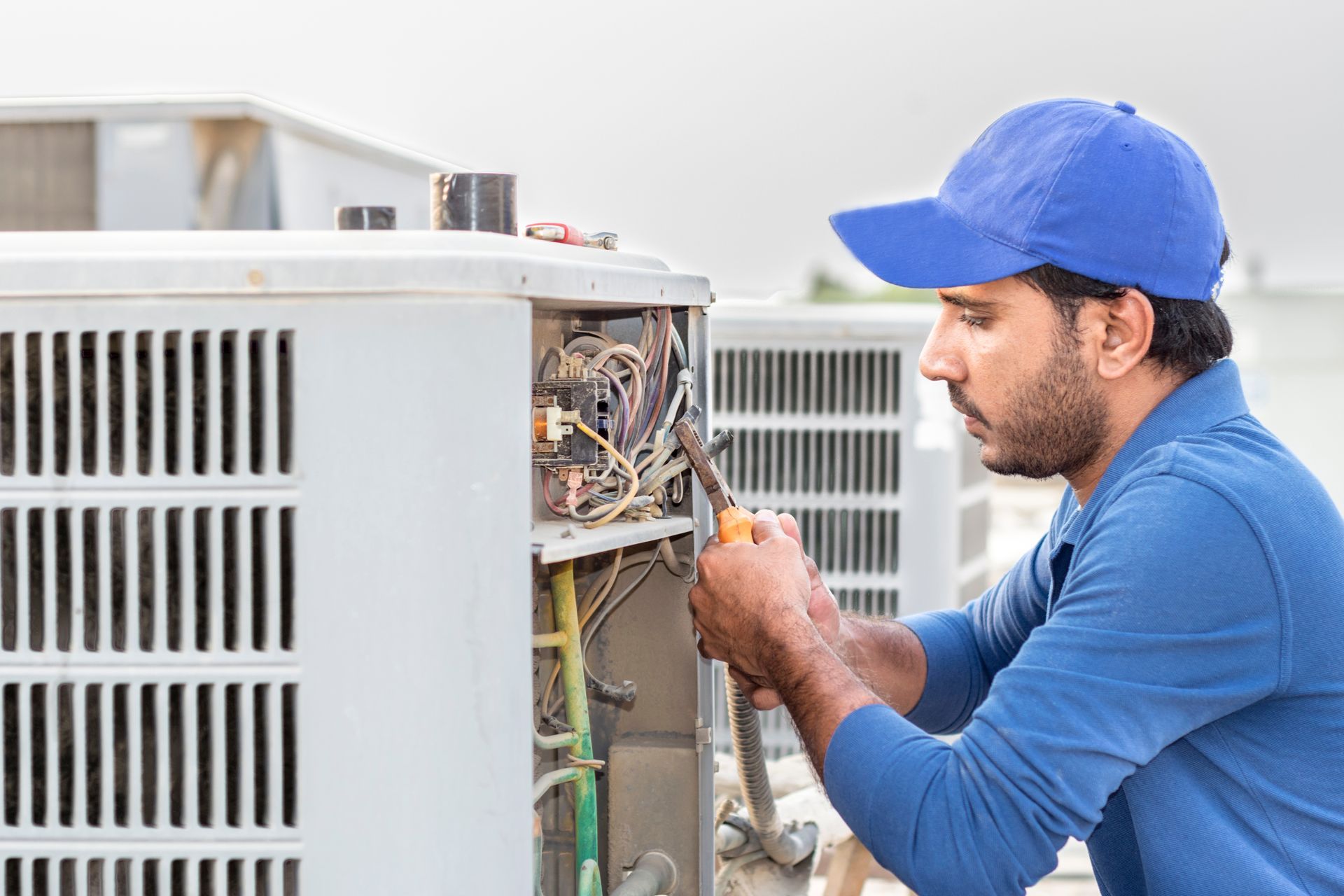Your HVAC Questions Answered
Explore our Frequently Asked Questions to find solutions to common HVAC concerns. If you don't find the answer you're looking for, please reach out to us. Our team at Brazos River Air Conditioning is here to help.

Ready to Book Your Appointment?
Don't let your unanswered questions hold you back. Booking an appointment is quick and easy, ensuring your air conditioning needs are met by our dedicated team. Act now to secure your comfort and experience top-notch service tailored just for you.
Your ideal climate is just a click away. Schedule your appointment today and start enjoying the benefits of a perfectly controlled environment.

